Discover exactly how much chili powder to use, which types work best for your recipes, and how to avoid common heat mistakes. This guide delivers immediate solutions for home cooks who want flavorful dishes without overwhelming spice - with practical measurements, substitution charts, and storage solutions you can implement today.
Table of Contents
- Your Quick-Start Guide to Using Chili Powder
- Chili Powder Types Compared: Mild to Hot Options
- How Much Chili Powder to Use (With Exact Measurements)
- Proven Storage Methods to Keep Chili Powder Fresh
- 5 Essential Cooking Tips for Perfect Results
- Best Flavor Pairings for Popular Chili Powders
- Easy Substitutions When You're Out of Chili Powder
- 7 Mistakes That Ruin Your Dishes (And How to Fix Them)
- Frequently Asked Questions Answered
Your Quick-Start Guide to Using Chili Powder
Chili powder isn't just "spicy seasoning" - it's actually a blend of ground chilies and other spices. Most store-bought "chili powder" contains 40-60% fillers like cornstarch and salt, while pure chili powder uses 100% dried peppers. For immediate results in your cooking:
- For mild heat: Use 1 teaspoon ancho powder per pound of meat
- For noticeable kick: Use 1½ teaspoons chipotle powder per recipe
- For balanced flavor: Always bloom powder in oil for 30 seconds before adding to dishes
Understanding these basics prevents the #1 mistake home cooks make: adding too much too soon. Start with half the recommended amount, then adjust after 10 minutes of cooking when flavors develop fully.
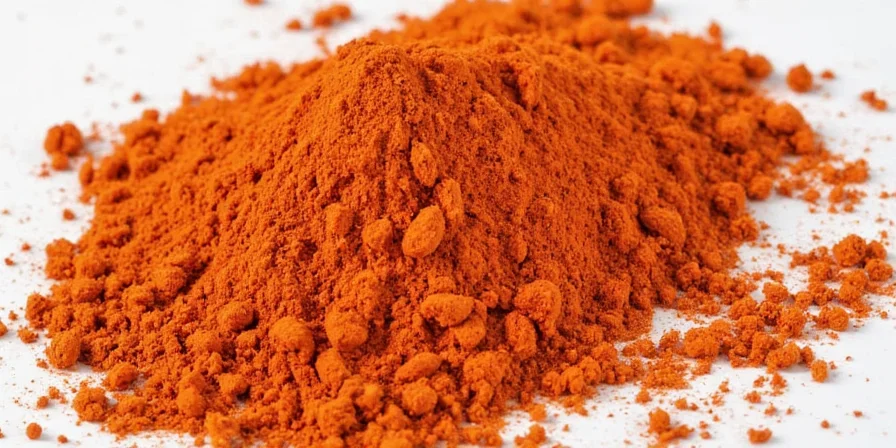
| Chili Type | Heat Level (Mild to Hot) | Flavor Profile | Best Recipe Uses |
|---|---|---|---|
| Ancho | ★☆☆☆☆ (Mild) | Sweet, fruity, slightly smoky | Tacos, enchiladas, chocolate dishes |
| Guajillo | ★☆☆☆☆ (Mild) | Berry-like, tea notes | Salsas, marinades, soups |
| Pasilla | ★☆☆☆☆ (Mild) | Raisin-like, earthy | Mole sauces, stews |
| Chipotle | ★★★☆☆ (Medium) | Smoky, rich heat | BBQ rubs, chili, grilled meats |
| Cayenne | ★★★★★ (Hot) | Sharp, clean heat | Hot sauces, kick-ups, Asian dishes |

How Much Chili Powder to Use (With Exact Measurements)
Get perfect heat every time with these kitchen-tested measurements:
- Per pound of meat: 1-1½ teaspoons for mild heat, 2-2½ teaspoons for medium heat
- Per cup of sauce/soup: ½-1 teaspoon for background warmth, 1½-2 teaspoons for noticeable heat
- For spice rubs: 1 tablespoon per ¼ cup rub mixture
Important: Heat builds during cooking. Add ⅓ of your total amount at the beginning, ⅓ halfway through, and the final ⅓ near the end. This creates balanced heat rather than one intense burst. If you accidentally add too much, stir in 1 tablespoon of tomato paste or a squeeze of lime juice to neutralize excess heat without watering down your dish.

Proven Storage Methods to Keep Chili Powder Fresh
Chili powder loses potency quickly - follow these simple storage methods to double its shelf life:
- Air-tight containers: Transfer from store packaging to glass jars with tight seals immediately
- Cool, dark place: Store in a pantry away from stove (heat degrades flavor in weeks)
- Freeze for long-term: Portion into freezer bags, remove air, and store up to 2 years
- Freshness test: Rub a pinch between fingers - if aroma is weak, it's time to replace
Pro tip: Buy smaller quantities more frequently rather than bulk packages. Whole dried chilies stay fresh 6-8 months longer than pre-ground powders - consider grinding your own when possible.
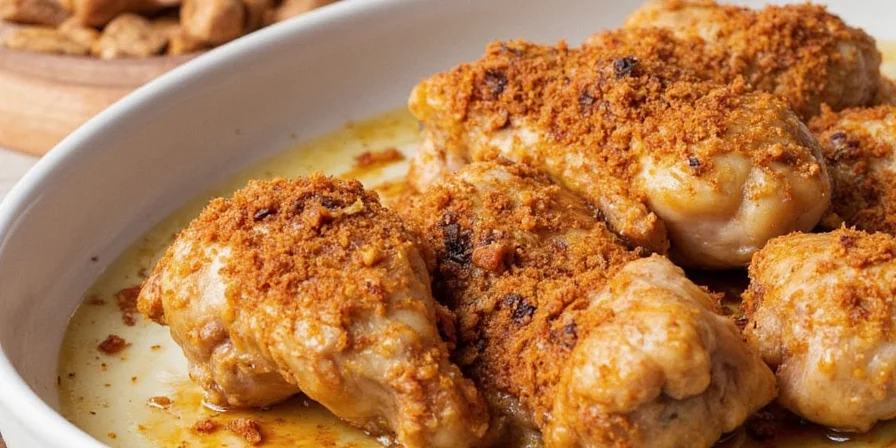
5 Essential Cooking Tips for Perfect Results
Professional chefs use these simple techniques for consistently great flavor:
- Bloom in oil first: Heat 1 teaspoon powder in 1 tablespoon oil for 30 seconds before adding to dishes
- Add early for base flavor: Incorporate 70% at the beginning, 30% in the last 10 minutes of cooking
- Balance with acid: Add lime juice or vinegar to tame excessive heat without losing flavor
- Pair with fats: Dairy or avocado mellow heat while enhancing chili flavor compounds
- Let flavors develop: Allow dishes to rest 15 minutes after cooking for balanced heat distribution
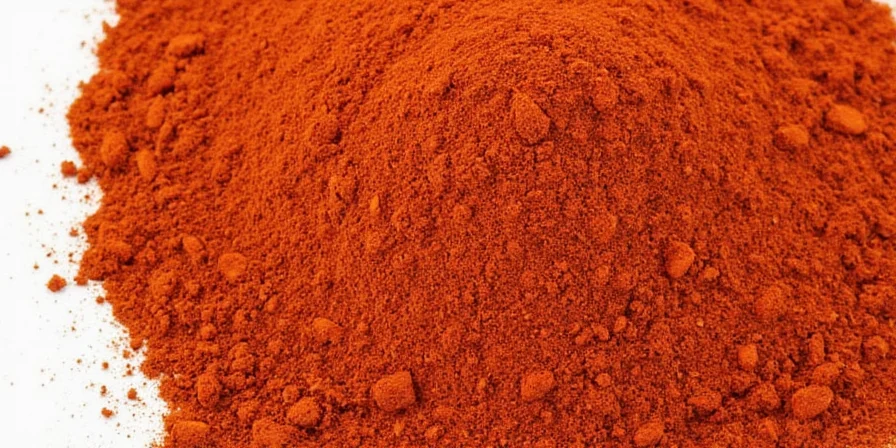
Best Flavor Pairings for Popular Chili Powders
Get restaurant-quality results by pairing each chili with complementary ingredients:
| Chili Powder | Perfect Pairings | Why They Work |
|---|---|---|
| Ancho | Chocolate, coffee, cinnamon | Deep, sweet notes enhance complex flavors |
| Guajillo | Lime, garlic, oregano | Bright acidity balances mild heat |
| Cayenne | Honey, soy sauce, ginger | Sweetness counteracts intense heat |
| Chipotle | Smoked paprika, cumin, tomatoes | Layered smokiness creates depth |
| Pasilla | Plums, raisins, almonds | Fruitiness enhances earthy notes |
Easy Substitutions When You're Out of Chili Powder
Don't let missing ingredients ruin your meal - use these practical swaps:
- No ancho powder? Use 1 tsp paprika + ¼ tsp cumin + pinch of cocoa powder
- No chipotle powder? Mix 1 tsp smoked paprika + ½ tsp cayenne
- No guajillo powder? Substitute 1 tsp crushed red pepper flakes (soaked 10 min in warm water)
- Need milder heat? Replace with sweet paprika and add cayenne gradually
- Emergency fix for too much heat: Stir in 1 tbsp peanut butter or coconut milk
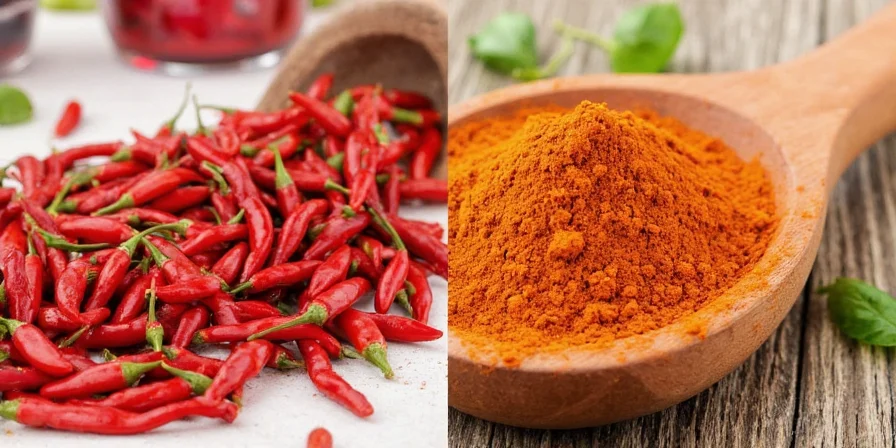
7 Mistakes That Ruin Your Dishes (And How to Fix Them)
These common errors account for 90% of failed attempts with chili powder:
- Adding all at once: Causes uneven heat distribution - layer gradually instead
- Using old powder: Test freshness by aroma - weak scent means replace immediately
- Dry addition: Always bloom in oil or liquid first for even flavor
- Overcompensating: Adding more when heat hasn't developed yet creates overpowering spice
- Ignoring dish acidity: Acidic ingredients (tomatoes, citrus) intensify heat - adjust accordingly
- Storing near heat sources: Pantry next to stove degrades flavor 3x faster - store elsewhere
- Misjudging heat build: Wait 10-15 minutes after adding before adjusting heat level

Frequently Asked Questions Answered
How much chili powder equals one fresh chili?
Use ½ teaspoon chili powder for every medium fresh chili. For hotter varieties like jalapeños, start with ¼ teaspoon powder and adjust to taste. Remember that dried chilies concentrate flavors, so powder delivers more intense heat than fresh peppers.
Why does my chili powder make dishes bitter?
Bitterness comes from two common issues: 1) Adding powder directly to high heat (always bloom in oil first at medium heat), or 2) Using expired powder (check aroma - fresh powder should have vibrant scent). If already bitter, stir in 1 teaspoon honey or a splash of acid like lime juice to balance.
Can I use chili powder instead of cayenne?
Yes, but with adjustment: Use 1½ teaspoons chili powder for every ¼ teaspoon cayenne. Regular chili powder is milder because it contains other spices. For pure heat replacement, look for "hot chili powder" varieties or add a pinch of cayenne to regular chili powder.
How long does chili powder stay fresh?
Properly stored, chili powder maintains good flavor for 6-12 months. Test freshness by rubbing a pinch between fingers - if the aroma is weak or musty, it's time to replace. Whole dried chilies stay fresh 2-3 times longer than pre-ground powders.
What's the difference between chili powder and chili seasoning?
Chili powder is 100% ground dried chilies, while chili seasoning contains additional ingredients like garlic powder, cumin, and salt. Most grocery store "chili powder" is actually chili seasoning. For pure chili flavor, check labels for single-ingredient listings.
Conclusion
Mastering chili powder comes down to understanding its heat progression and proper usage timing. By implementing these practical measurements, storage methods, and cooking techniques, you'll achieve consistent, restaurant-quality results in every dish. Remember the golden rule: start with less than you think you need, layer gradually, and always bloom in fat first. With these approaches, you'll transform ordinary meals into flavorful creations that impress without overwhelming heat.

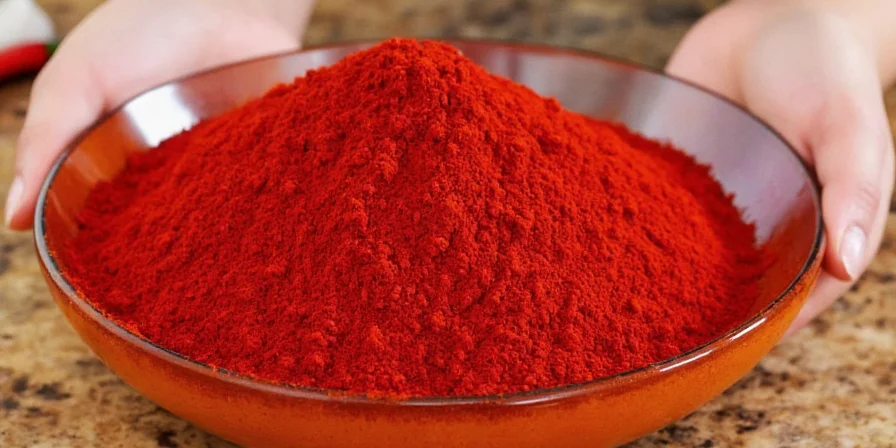









 浙公网安备
33010002000092号
浙公网安备
33010002000092号 浙B2-20120091-4
浙B2-20120091-4